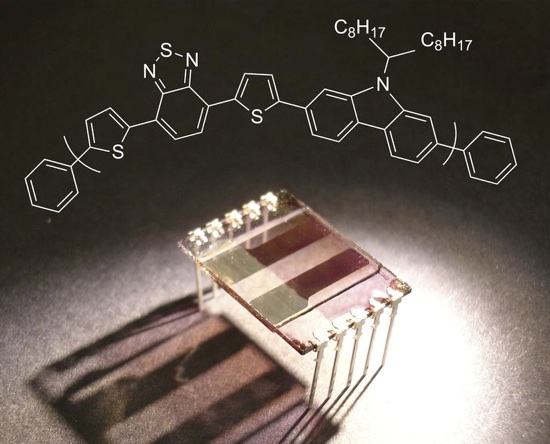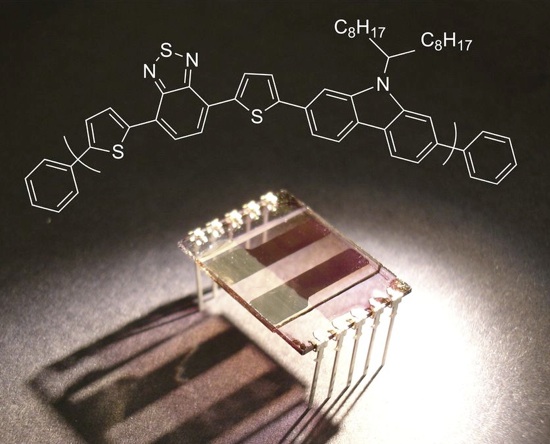
New 'cling-film' solar panels can be printed like newspapers, and then self-organize into layers of plastics that can turn sunlight into electricity. The result is a useful solar panel that's only 60 nanometers thick — or 1/200th the thickness of Saran Wrap.
Using the same roll-to-roll printing techniques used to mass-manufacture dead tree media, scientists propose to print layers of plastics suffused with "buckyballs," the soccer ball-like cages of carbon atoms whose discovery led to the Nobel Prize in chemistry in 1996.
Manufacturers already print solar cells, sometimes called thin-film solar cells, but the race is on to make them more efficient, so they can be ever more cost-competitive with both traditional solar cells and fossil fuels. Ultra-efficient, ultra-thin solar cells will be able to cover large areas easily and affordably.




